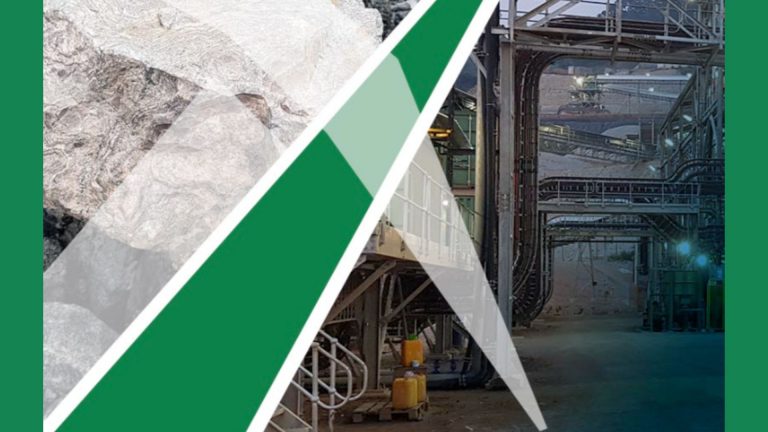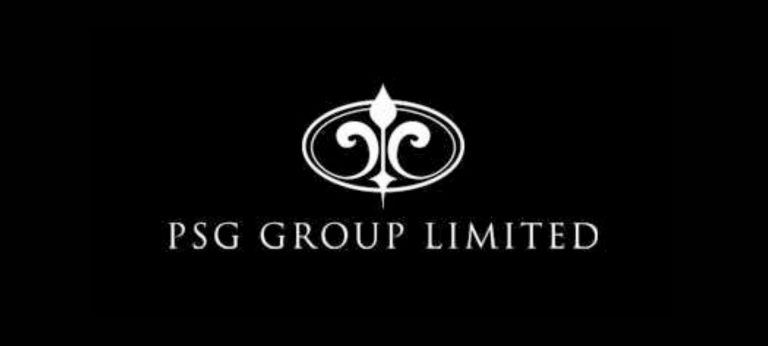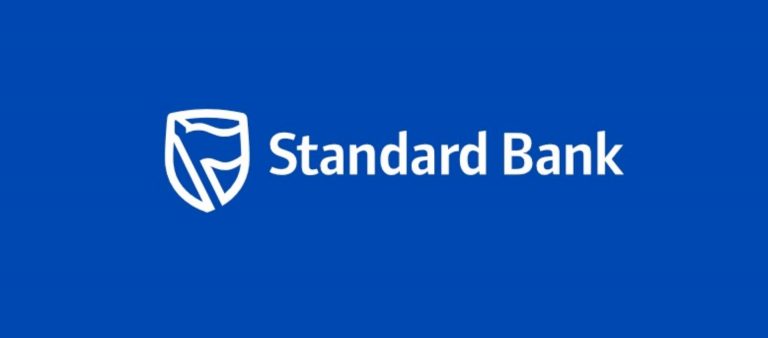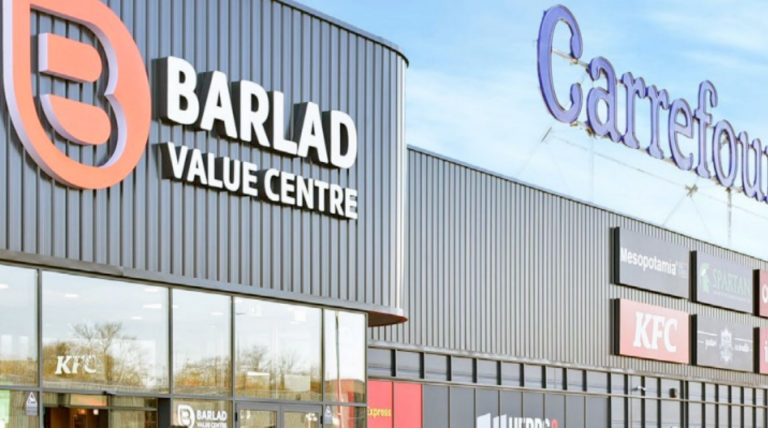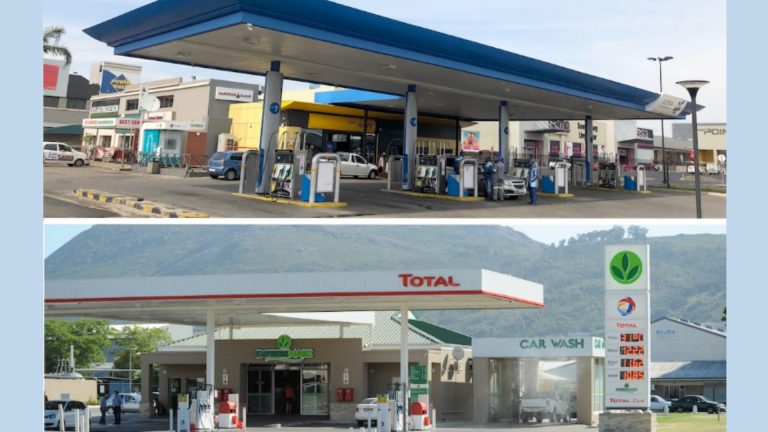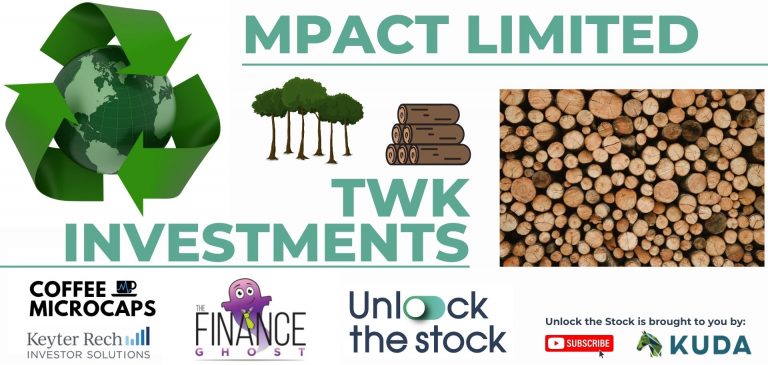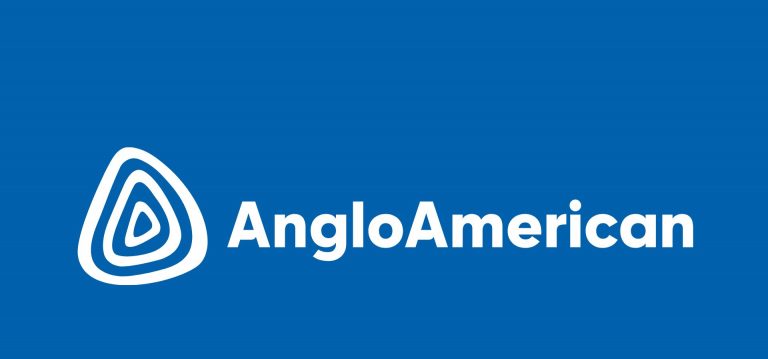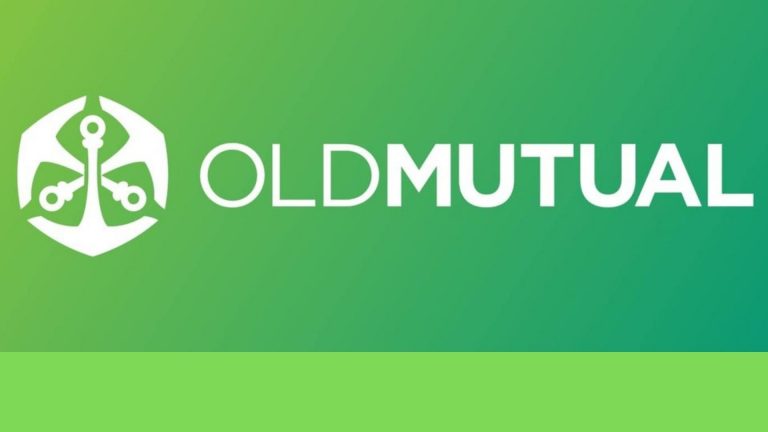There’s a new B-BBEE transaction on the horizon. Old Mutual has announced a R2.8 billion deal that will see the company’s Black shareholding increase by more than 400bps to take the ownership percentage to over 30%.
There are various elements to the deal, including participation by employees, the Black South African public and a broad-based community trust. The overall deal will be known as Old Mutual Bula Tsela, which is Sesotho for “open or pave the way” – an apt name.
Although there are parts to the deal that have learnt from some mistakes made by other listed companies, I must point out that the funding structures are an old-school B-BBEE approach and that isn’t a good thing. B-BBEE structures have been a mixed bag in South Africa, as share price growth often hasn’t been sufficient to generate real wealth for participants.
The deal will be implemented through the issuance of over 205 million new Old Mutual ordinary shares for cash. When all is said and done, employee share ownership trusts will hold 1.6%, Black members of the public will hold 1.29% (excluding existing holders) and a new community trust will hold around 1.29% of Old Mutual.
The funding for the deal will be provided by Old Mutual in the form of notional vendor funding to the employee trusts and the community trust, as well as actual funding to a special purpose vehicle called RetailCo to facilitate investment by the public.
Because of IFRS charges for the subsidized portion of the deal, diluted HEPS would decrease by 6.2% as a result of this transaction. The net asset value per share would decrease by 4.7%.
Employee scheme
Interestingly, all employees will participate in the employee scheme i.e. including non-Black and non-South African employees. A disproportionate allocation of awards will be made towards Black staff, especially at lower grade levels.
There is a 10-year lock-in period for any awards made to staff, which will vest after a certain period of service is complete. This is where I start to get concerned. The funding for the deal is based on a loan for 85% of the volume weighted average price of the shares, priced at 85% of prime and reduced over the period by 85% of the dividend that will be paid by Old Mutual on the shares. 85% was a popular number for the people structuring this deal! The remaining 15% of the dividend will be paid to the trust and presumably distributed to employees.
At the end of the lock-in period, Old Mutual effectively takes back enough shares to settle whatever the outstanding balance is on the notional funding. The employees are then left with the balance. These structures are full of dangers, ranging from disappointed staff members who didn’t understand the structure through to the possibility of a market crash after 10 years and a forced “sale” of the shares back to Old Mutual at a time that isn’t beneficial to staff.
As a tool to incentivise staff, it isn’t great in my view and can backfire on the company. This is the old-fashioned deal funding structure that I referenced earlier.
Offer to public investors
Moving on, the RetailCo structure will be an offer to the Black public to subscribe for shares. A prospectus will be issued as part of this. The final allocations in the offer will be tilted towards Black Women and any broad-based entities.
The shares will not be capable of transfer for at least five years, at which point Old Mutual plans to list the structure on an appropriate B-BBEE exchange to facilitate trade among Black investors.
The shares will be issued at their volume weighted average price, with only 15% needing to be funded by a cash subscription by investors. 15% is funded by Old Mutual with a cash contribution (i.e. a subsidy) and the remaining 70% is funded by a preference share at a rate of 85% of prime.
This is effectively a 15% discount on the issue price, which in my view is nowhere near enough to compensate investors for locking up their money for five years. For example, existing listed B-BBEE schemes in the market typically trade at a discount of 35% to 50% of the underlying fair value of the investment. This gives some idea of the types of liquidity discounts applied to these structures by market participants.
85% of dividends will be used to reduce the preference share funding, so only 15% of dividends will flow through to investors as a “trickle dividend” and only after settling the costs of RetailCo.
Upon expiry of the term of the preference shares, there’s a forced sale of shares back to Old Mutual to pay back the preference shares. Again, these structures can end very badly depending on market cycles. Forced sales are never a good idea.
Community trust
The community trust will be registered as a Public Benefit Organisation and will be funded at a rate of 68% of prime, so it gets the best funding deal out of the three groups. Again, the funding is set at 85% of the issue price, so there’s effectively a 15% subsidy. 85% of the dividends will be applied against this funding and at the end of a ten-year period, there’s a forced sale to settle the debt.
It gets more controversial here, as the forced sale structure also limits the participation of the trust to 150% of the initial price. I interpret this to mean that the maximum upside for the trust is 50% over a ten-year period.
Is the deal fair? We will wait and see.
PricewaterhouseCoopers will provide a fairness opinion on the deal. The fairness of B-BBEE deal economics is difficult to opine on, as they are highly subjective in nature.
Personally, I think this transaction structure fails to learn from the numerous examples of other such deals on the JSE. There are far superior ways to structure B-BBEE transactions. The deal requires various regulatory approvals, one of which I believe would be the B-BBEE Commission. I’m looking forward to seeing whether the deal in its current form is approved.

